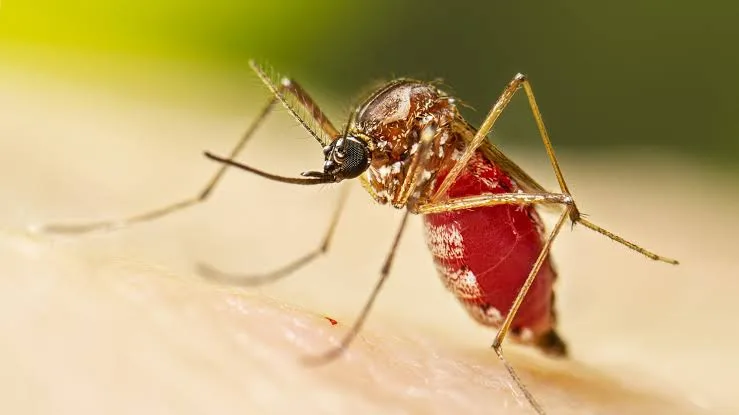WHO Sounds Alarm: Chikungunya Virus Resurgence Imminent
The World Health Organization (WHO) has issued a stark warning about the potential for a significant resurgence of the chikungunya virus. This mosquito-borne illness, which causes fever and severe joint pain, could once again become a major public health concern if preventative measures are not taken swiftly and effectively.
Understanding Chikungunya
Chikungunya is transmitted to humans through the bites of infected mosquitoes, primarily Aedes aegypti and Aedes albopictus, the same mosquitoes that spread dengue and Zika viruses. While rarely fatal, the debilitating joint pain associated with chikungunya can persist for weeks, months, or even years, significantly impacting quality of life.
Key Symptoms of Chikungunya Include:
- Fever
- Severe joint pain (often in multiple joints)
- Headache
- Muscle pain
- Rash
Why the Concern Now?
Several factors contribute to the WHO’s heightened concern. These include:
- Increased Mosquito Populations: Climate change and urbanization are expanding the geographical range and population sizes of Aedes mosquitoes.
- Lack of Widespread Immunity: Many populations remain susceptible to chikungunya, increasing the risk of large-scale outbreaks.
- Limited Treatment Options: There is no specific antiviral treatment for chikungunya. Care focuses on relieving symptoms such as pain and fever.
- Potential for Misdiagnosis: Chikungunya symptoms can be similar to those of other mosquito-borne diseases, leading to potential misdiagnosis and delayed treatment.
WHO’s Call to Action
The WHO is urging member states to prioritize the following actions:
- Strengthen Surveillance Systems: Improve the detection and reporting of chikungunya cases to better understand the virus’s spread and identify potential outbreaks early.
- Implement Mosquito Control Measures: Focus on reducing mosquito populations through strategies such as eliminating breeding sites (standing water), using insecticides, and promoting personal protection measures (e.g., mosquito nets, insect repellent).
- Enhance Laboratory Capacity: Ensure that laboratories have the capacity to accurately diagnose chikungunya.
- Educate the Public: Raise awareness about chikungunya symptoms, prevention methods, and the importance of seeking medical care.
- Develop and Evaluate Vaccines: Support research and development efforts to create effective chikungunya vaccines.
Protecting Yourself and Your Community
Individuals can take several steps to protect themselves and their communities from chikungunya:
- Eliminate Standing Water: Regularly empty containers that can collect water, such as flower pots, tires, and buckets.
- Use Insect Repellent: Apply insect repellent containing DEET, picaridin, or oil of lemon eucalyptus to exposed skin.
- Wear Protective Clothing: Wear long-sleeved shirts and long pants when possible, especially during peak mosquito activity hours (dawn and dusk).
- Use Mosquito Nets: Sleep under mosquito nets, especially if you live in an area with high mosquito populations.
- Repair Screens: Ensure that windows and doors have screens to prevent mosquitoes from entering your home.
Final Overview
The potential resurgence of chikungunya virus poses a significant threat to global health. By taking proactive measures to strengthen surveillance, control mosquito populations, and educate the public, we can mitigate the risk of widespread outbreaks and protect vulnerable populations. The WHO’s call to action serves as a critical reminder of the importance of vigilance and preparedness in the fight against mosquito-borne diseases.



+ There are no comments
Add yours